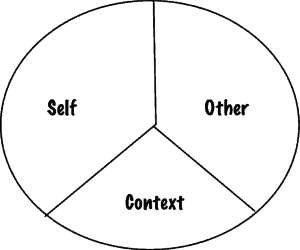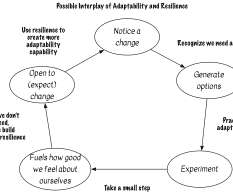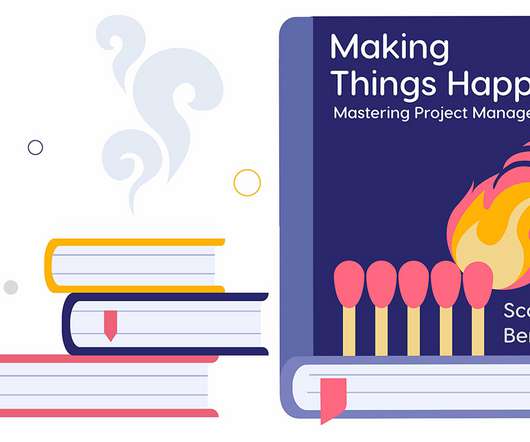Where I Think “Agile” is Headed, Part 5: Summary
Johanna Rothman
AUGUST 21, 2019
I started asking if you actually need an agile approach in Part 1 and noted the 4 big problems I see. Part 2 was why we need managers in an agile transformation. Part 4 was about how “Agile” is meaningless and “agile” is an adjective that needs to be applied to something. That would be resilient.






















Let's personalize your content